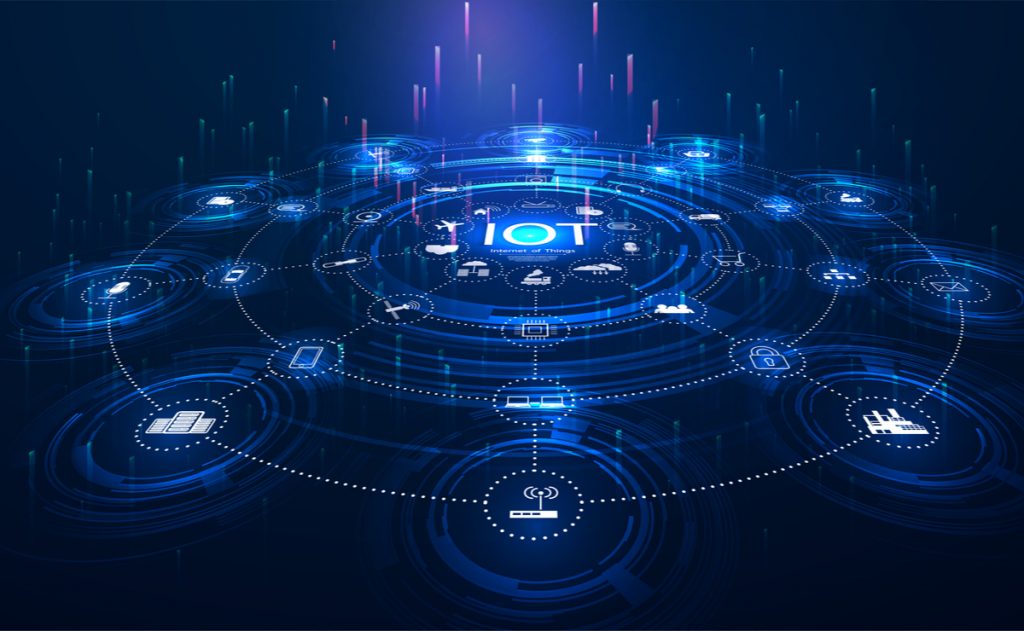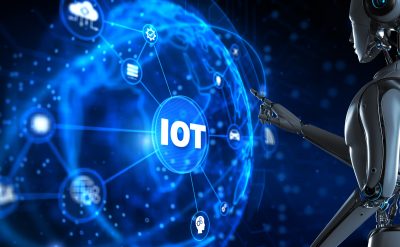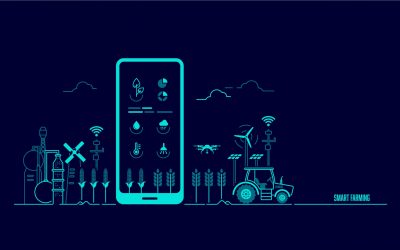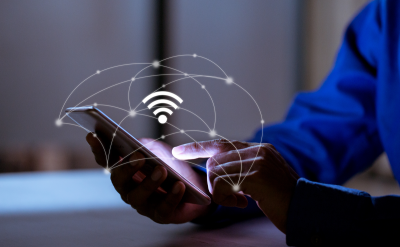The internet of things (IoT) is all about connected devices around the world through the internet. It is a process that can include everything from connected cars to home appliances to any particular wearable devices such as smartwatches, mobile phones. The IoT devices function by receiving and transmitting information about how they are being used.
The number of connected devices has increased to such an extent that there are far more “things” connected to the internet than the number of living human beings.
This brings in the biggest problem in IoT – Consent. As the advancement of technologies has no limits, technologists need to rethink about consent before adding connected devices to offices, homes, and public places. Before designing any plan for implementing tech devices, a consent policy should be drafted to ensure the privacy of the device.
Transparency in every task is essential, and so is for consent. A company launching any new product should be well versed with its capabilities and about the happenings of the device data.
Consider an example of a camera that is fixed in a house for security purposes. The company should ensure that all the details about the product are known to the user by creating a user manual, while the user should ensure to share it with other members. This can be done simply by putting up a sticker alerting visitors that tells that this house is under video surveillance.
It can also be done by using notification in the app that asks the user to state the device’s capabilities to housemates or close ones. Such notification will not only help those whose partners use connected devices as an avenue for abuse and control but will remind anyone setting up a device at home that it could have the potential for almost supervisory access to their family members.
Importance of privacy in IoT sector
The key factor in every kind of business is privacy. While disclosing any form of data, it isn’t easy to trust the mode of data transmission. Concerning IoT, privacy can be broadly categorized into two parts – either trusting third parties of not abusing the data generated with the use of connected objects, or relying on the ability of the company to control the collection and the use of data.
For the IoT sector, privacy has a stronghold over implications of trust, transparency, and control:
- It helps to know an individual’s ability to control how the information collected by their IoT devices is shared and identifies who can access data from devices in the home or the car. It’s an easy way to mute devices, as well as to know how IoT data with third parties is analyzed or shared.
- A clear view of how the information of people is gathered, shared, or used with others. IoT devices and their applications allow users to know what information is collected and shared, when, and with whom.
- Ability to judge how identifiable one is while undertaking offline or online activities. IoT devices must have a choice to go for pseudonymous or anonymous use.
- To handle an individual’s digital footprint from IoT devices is a complicated thing. The user must know where the information about them is being transmitted and stored.
Consent at the individual level
Privacy cannot be seen only as a social value but as an individual aspect too. Individuals should be able to enjoy the advantages of consumer IoT in compliance with this right to privacy, either with as little privacy risk as possible or with a simple, informed decision on risk and profit. Consumer confidence in IoT is potentially impacting user trust in general, and faith in the internet in particular.
The advocacy of precise user control and substantive choice, improved notification methods, greater accountability, and fit-for-use governance tools would help to safeguard privacy and IoT trust.
The most dangerous part of IoT is that users are giving up their privacy day-by-day, without knowing it, as they don’t realize what data is being collected and how it is being used.
As mobile phones, wearables, and other Wi-Fi-connected consumer products replace “dumb” devices on the market, customers won’t be able to purchase items that can’t monitor them. Upgrading their appliances is common for consumers, but they are unaware of the fact that those new devices will also be tracking them.
Consent at the business level
An increase in corporate transparency is desperately needed, which will help different sectors to modulate privacy in the IoT. Such openness may be achieved either by the self-regulation of the industry or by regulatory legislation requiring businesses to obtain informed and substantive consent from customers before data collection.
Businesses should build methods to improvise on themselves by adopting and developing industry-wide best practices on cybersecurity and data minimization. Companies need to be responsible for protecting users’ data, and if they cannot do so, they should refrain from collecting it.
Final thoughts
IoT has transformed economies and societies worldwide. Technologies are bound to explore enormous opportunities that come with significant risks. At times, it is essential to ensure that the benefits of IoT outweigh privacy risks. This will require combined efforts from all the stakeholders that include policymakers, manufacturers, and consumers so that the opportunities represented by IoT are sustainable and developed responsibly.
Let that be a professional, personal, or technical problem, pushing the consent button should never be forgotten.
For more such insightful technology and Internet of Things paraphernalia, access our latest whitepapers on Internet of Things.









































































